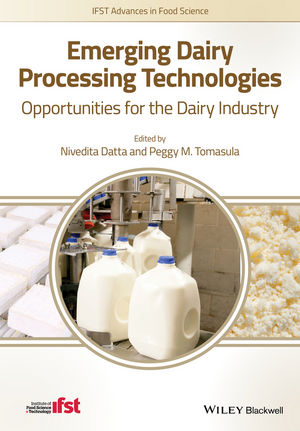
Source: Mountain High Yoghurt
Recently I was in Tampa, Fla., attending a meeting that included a nice chunk of free time. Having no car, and wanting to explore the shopping center just 1.5 miles away, I walked. There were sidewalks, but no one was walking. Yes, it was a little warm at 3:00 in the afternoon, but the air was clean and there was a slight breeze. A bottle of water kept me hydrated, and I fell into a pleasant pace.
When I mentioned the outing to my host at the dinner reception, he was in shock that I would walk anywhere in Florida, other than take a stroll along the beach. A waiter overheard us and confirmed, no one walks…not even to the corner store. I was appalled. After all, in case no one noticed, the majority of Americans can lose a few pounds!
I know, taking responsibility and “actively” managing one’s weight through exercise, healthy eating and lifestyle management is too much work for many. We prefer easy solutions, quick fixes…and this is one reason why the weight management ingredients category is growing at leaps and bounds. (If we leaped and bounded, the category would be stagnant.)
United Kingdom-based market analyst Frost & Sullivan finds that the weight management ingredients market earned revenues of $7.5 million in 2008 and estimates this to reach $13.9 million by 2015, as reported inOpportunities in Global Weight Management Ingredients. These figures include ingredients that promote satiety, suppress appetite and burn fat, among others.
Dairy foods processors are primed to compete in the “foods that fill you up” category. This is because the proteins in milk are well recognized as providing a feeling of fullness, also known as satiety. Dairy is also an ideal carrier for other ingredients that contribute to satiety, most notably fiber.

Source: General Mills Inc.
Understanding satiety
The feeling of satiation is regulated by hormones. In healthy humans, levels of the hunger hormone ghrelin, which is made in the stomach, will increase before eating and decrease after eating. Ghrelin travels to receptors in the brain, where it relays the message of satisfaction.There are several other hormones recognized with controlling hunger and eating. For example, the peptide cholecystokinin (CCK) helps the digestion of fats and protein in the small intestine. This neurotransmitter connects with CCK receptors in the central nervous system, where it influences reactions such as anxiety and nausea, as well as feelings of satiety and hunger. Glucagon-like peptide-1 and peptide YY are known for sending a message of fullness to both the brain and stomach. This slows the movement of food in the gut, thereby ensuring maximum digestion of nutrients and deceased appetite.
Ingredient suppliers offer an array of ingredients shown to assist with decreasing appetite, some of which accomplish this by influencing hormone activity. Others function by providing substantial bulk in the gastrointestinal system for prolonged periods, or slowing down digestion (gastric emptying), both of which contribute to a feeling of fullness.
The dairy-based weight management food category is still in its infancy. The United States seems to be particularly conservative in this area; however, I expect we will see a number of yogurts, smoothies and milk-based beverages roll out in the near future that claim to satisfy, to carry you from meal to meal, to prevent rumbles in the tummy during the mid-afternoon meeting and more.
Marketers walk a fine line when promoting such foods as weight management tools, as there are no approved health claims and structure-function claims must be carefully worded. But I say, hey, at least they’re walking!



